Travel influencers on social media and bloggers (including sites like ours) constantly tout the upside of using credit cards, points, and miles to travel travel the world for “free.”
It sounds too good to be true … and it sort of is.
Earning those points and miles requires a ton of flying … or more likely, a ton of spending on a credit card. Even with the help of a big welcome offer (or two), you'll still need to spend big to earn all those points and miles. Not to mention most travel cards come with an annual fee you have to pay, ranging from as little as $95 to nearly $800 per year.
That's all real money out of pocket. And then there's the opportunity cost: Finding flights you can actually book with those points, especially if you want to fly business class, takes time and effort. It can feel like a full-time job – heck, for our team finding deals for Thrifty Traveler Premium members, it literally is! Using up the growing list of monthly, quarterly, or semi-annual benefits on Amex (and now Chase) cards can be even more time consuming.
None of that means there's no value in the world of points and miles – this website wouldn't exist if there weren't. Do it right and you can, in fact, save hundreds (if not thousands) of dollars while traveling even more.
But in an age when “free” travel is increasingly the subject of glossy 30-second viral videos on social media, it's important to be honest about the cost – both in dollars and in time.
Travel Cards Aren't Cheap
Your favorite influencer posting a photo of a glass of champagne and an overflowing plate of charcuterie that they're enjoying in the airport lounge for “free” before their flight? They're paying hundreds of dollars a year just to hold that credit card that got them in the door.
Any travel card with worthwhile perks like lounge access will have a price tag, ranging from $395 to nearly $800 a year – and soon, likely even more. With more than one in your wallet, hundreds – if not thousands – of dollars in annual fees each year.

Consider *amex platinum*. With it, you can get into any American Express Centurion Lounge, plus Delta Sky Clubs® (up to 10 times a year, between Feb. 1 and Jan. 31) when flying Delta, and a host of other airport lounges worldwide that are part of the Priority Pass network. But that access most certainly isn't free: The Platinum Card carries an annual fee of annual_fees (see rates & fees).
Of course, if you travel a lot, that perk alone may be worth what you'd otherwise spend eating and drinking in the airport. If you're able to bring in a guest or even the whole family, that lounge access becomes even more valuable.
Not every traveler will be able to justify it, though … and these cards are getting more expensive all the time. Just last month, Chase unveiled its new-look *chase sapphire reserve*, complete with new benefits, statement credits, travel perks … and a whopping $795 annual fee.
Meanwhile, Amex upped the cost of the Amex Gold Card last summer from $250 to $325 a year (see rates & fees). At the same time, the bank tweaked some of the statement credits you get with the card and added others, like up to $100 a year for dining at Resy-participating restaurants and a few bucks a month for Dunkin' Donuts coffee. Use them all up and you can come out ahead on that yearly fee.
But that's easier said than done. And that's the point: Banks like Amex and Chase deliberately make these credits complicated. The harder they are to use, the less likely you are to actually bother with them … and that's a win for their bottom line.
Still, if you're willing to play the banks' “game” – jumping through hoops to use up all your monthly, quarterly, semi-annual, and annual statement credits – they can go a long way to offsetting the cards' high annual fee. Once you factor in travel perks like lounge access and credits for TSA PreCheck®, Global Entry, or NEXUS, having one or two of these cards in your wallet can make sense.
Add in all the points you can earn from new card welcome offers, referral bonuses, and bonus spending categories, and it's not hard to justify carrying some of these cards … even if it isn't free. But you have to do the math.
You Have to Spend Real Money to Earn Points
No matter how you slice it, earning points and miles – be it on a credit card, flying with an airline, or staying at a hotel – involves spending money.
New Card Bonus Offers
Many travelers open a new travel rewards card not just for the travel perks, but also to earn a big stash of points or miles right off the bat thanks to a big welcome offer.
Typically, these welcome bonuses require spending a hefty sum up front before you can get those bonus points or miles. For example, you can currently earn 100,000 miles by applying for a *venture x* … after you spend $10,000 on the card in the first six months. Open the *chase sapphire preferred*, hit the card's $5,000 minimum spending requirement in three months, and you'll come away with a similar 75,000-point bonus.
Sure, I can redeem those points for at least $750 in travel (if not much more). But I wouldn't call the flights or hotels I book with those points “free” since I had to spend a significant amount of money to earn them.
Life costs money, though, and earning a big bonus on the spending you'd otherwise be doing makes a lot of sense. The whole point of getting ahead with travel credit cards is to wisely spend the money you'd be forking over anyhow onto a credit card that'll earn you the most points.
For example, I recently completed a home improvement project and used it as an opportunity to pick up the Chase Sapphire Preferred Card … and earn a (since-expired) 100,000-point bonus in the process. Since I can easily redeem those points for $1,000 worth of flights, hotels, rental cars, and more through Chase Travel℠, this is essentially a 20% rebate on the spending I was going to be doing anyways. And by taking advantage of Chase's slew of travel partners, I'll very likely get even greater value from all those points.
If you're thinking about doing something similar, just be sure to pay your new card off in full immediately so you don't carry a balance and accrue interest. Nothing makes travel less free than paying more than you have to in the long run – and damaging your credit score in the process.
Read more: How to Hit the Minimum Spend (& Earn That Bonus) Responsibly on Credit Cards
Everyday Spending
Beyond big welcome offers, you'll earn points and miles every time you swipe your card, too. Just how many points you can earn depends on the card.
With the Capital One Venture X, you'll earn unlimited 2x miles on every dollar, making it a solid choice for everyday purchases.
With a travel card like the Chase Sapphire Preferred, you'll earn 3x points on dining and 2x on travel, but a flat 1x points on most other purchases. So you don't need to necessarily spend more on a credit card to earn more points … you just need to be more strategic with when you're swiping it. If you can earn bonus points and miles on spending that you were already planning to do, then it's easy to think of the travel you can book with those points as “free.”
Read next: No Bonus, No Problem: How to Keep Earning Points & Miles Without a Welcome Offer
Refer Friends, Get Rewarded
There's one surefire way to earn more points and miles without spending a dime on your card: Referral bonuses.
Have a friend or family member who's thinking of opening a new travel card? Have them apply through your referral link, and you can earn 10,000 to 25,000 points (or more) if they're approved, depending on the card. I've racked up 100,000 Capital One miles in a single year from referral bonuses alone – no additional spending required. I can easily use those points to cover at least $1,000 worth of flights, hotels, and other travel purchases, if not more.
Time is Valuable
Scrolling through TikTok or Instagram, there are gundreds of influencers talking about that business class flight they booked for “just $6.” That's far from the real cost – and I'm not just talking about redeeming points.
Aside from the annual fee to hold your travel card and what it took to earn those points, it takes work and time to get the most out of redeeming them.
Using points and miles to book a flight is nothing like searching for cash fares. Most airlines handle award redemptions completely separate from their cash fares. So your ability to snag a ticket with miles depends on the individual airline, demand for that flight, cash prices, how many seats are open, the day of the week the flight departs and on and on. These factors are all constantly changing.
That's why you might see tons of seats bookable with miles on this particular route in the middle of winter, when travel demand to Europe is low and airlines just want to fill those seats.
But flip the calendar to the summer months and that availability dries up. All the points and miles in the world aren't worth anything if there aren't any seats available to book with them.
Want to use your points to fly business class? That's where it gets even more complicated.
Let's take a look at a flight to Rome, for example. This one-way ITA Airways business class flight would cost over $3,000 paying cash…
… but using points and miles, you can book it for 75,000 Virgin Atlantic points and $5.60 in taxes and fees. All the major banks transfer to Virgin Atlantic, so you could turn 75,000 Amex points or 75,000 Capital One miles or 75,000 Chase points into the 75,000 Virgin Atlantic points needed to book this flight.
When we booked this route last year, it was easy to find a date bookable with Virgin Atlantic points. Today, here's what we see: Nada. You could spend hours or days searching for an available flight to use your points to no avail.
If time is money, earning and redeeming points and miles to travel is a costly hobby … even in the name of “free” travel. At Thrifty Traveler Premium, we have a whole team of flight deal analysts whose entire job it is to search every single day for award availability and alert our members when they find a deal – with step-by-step instructions on how to book.
But if you're willing to put in the effort to get the most out of your points and your travel card, it can be worth it – especially to book a lie-flat seat like this for an eight-hour overnight flight that you'd never dream of paying cash for. But the first part of that sentence is crucial: It does require extra effort, and that's not nothing.
Don't Sleep on Cash Back Cards
Yes, we specialize in travel cards, but most members of the Thrifty Traveler team has at least one cashback card in their wallet, too.
It can require some complicated math and a significant amount of time to figure out the best way to redeem your points and miles – and maximize all the benefits of your travel card to come out ahead. That doesn't make sense for every traveler.
Cashback cards are much more simple. With a cash back card, you'll get money back on the purchases you make – either as a direct deposit or a statement credit. That's real money back in your pocket that you can use however and whenever you wish – whether on travel or something else. Best of all, most cashback cards don't carry an annual fee.
Before you rush out to apply for a travel card on the promise of “free” travel, its important to weigh your options. There are other options out there to earn rewards you can more easily put towards a future trip.
See our roundup of the 7 best cash back cards worth a spot in your wallet!
Bottom Line
So, can you really travel for free? No.
Between hefty annual fees, minimum spending requirements, and the time it takes to find worthwhile redemptions, there’s a real cost – both financial and personal – to chasing the dream of “free” travel.
If you’re strategic and willing to put in the effort, the savings and perks can be well worth it. Just make sure the juice is worth the squeeze for your travel style and spending habits.
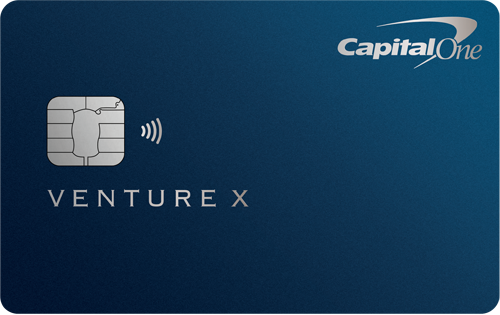
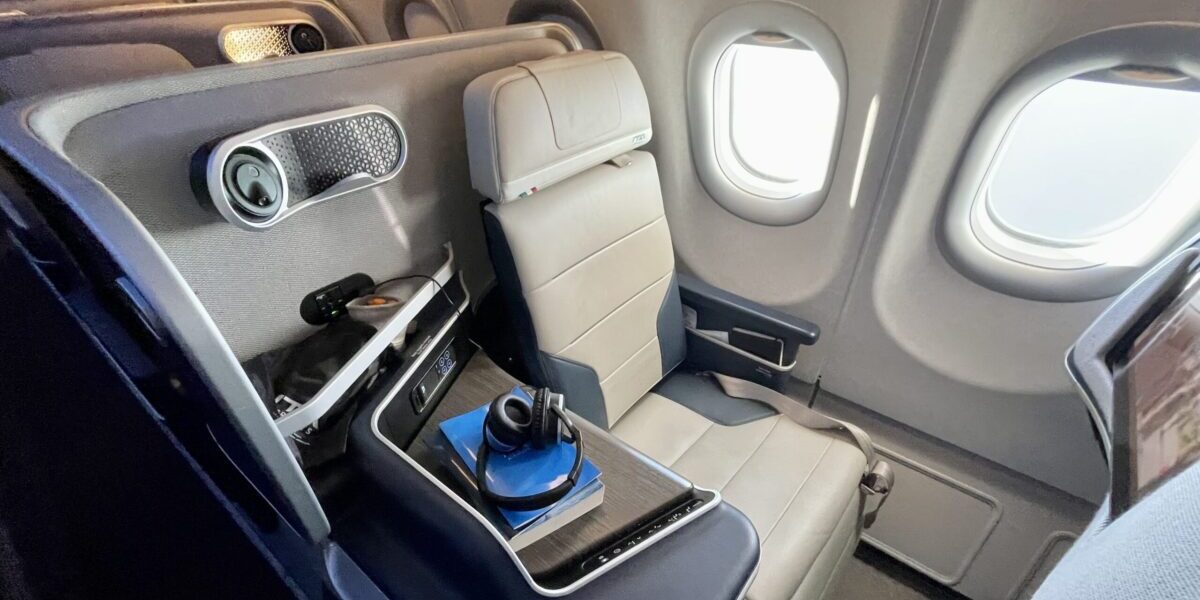

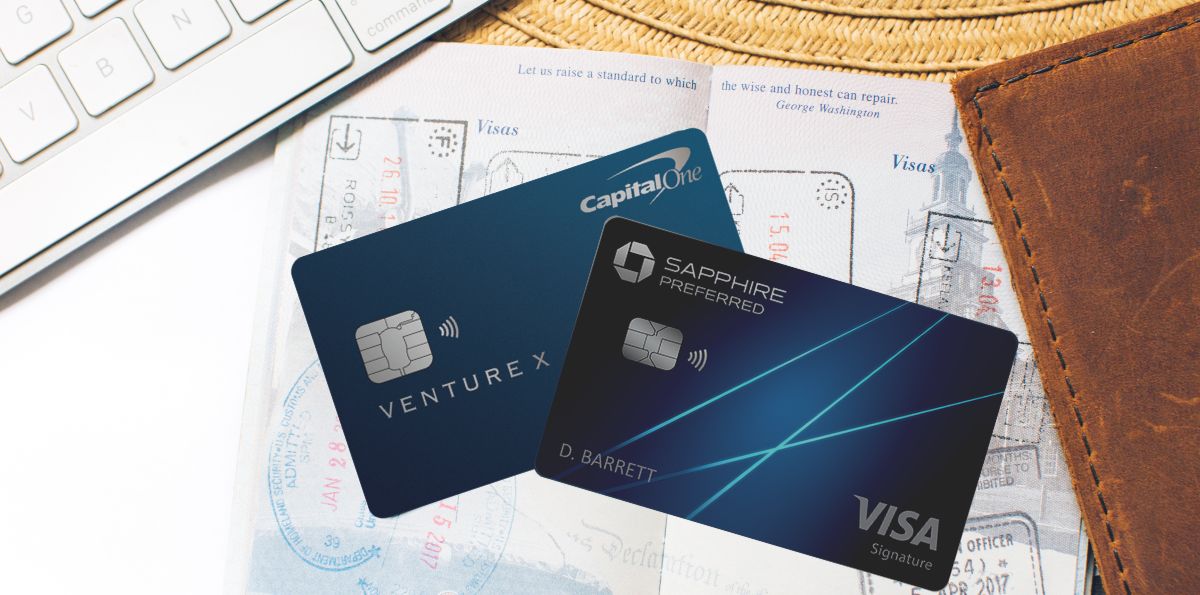



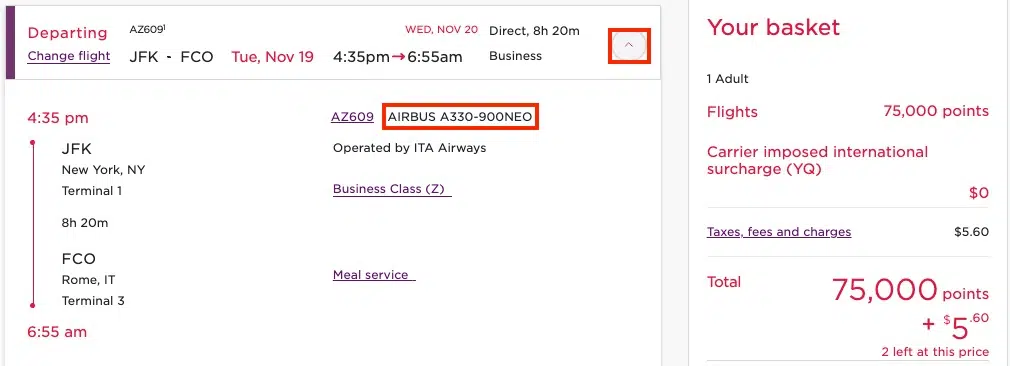
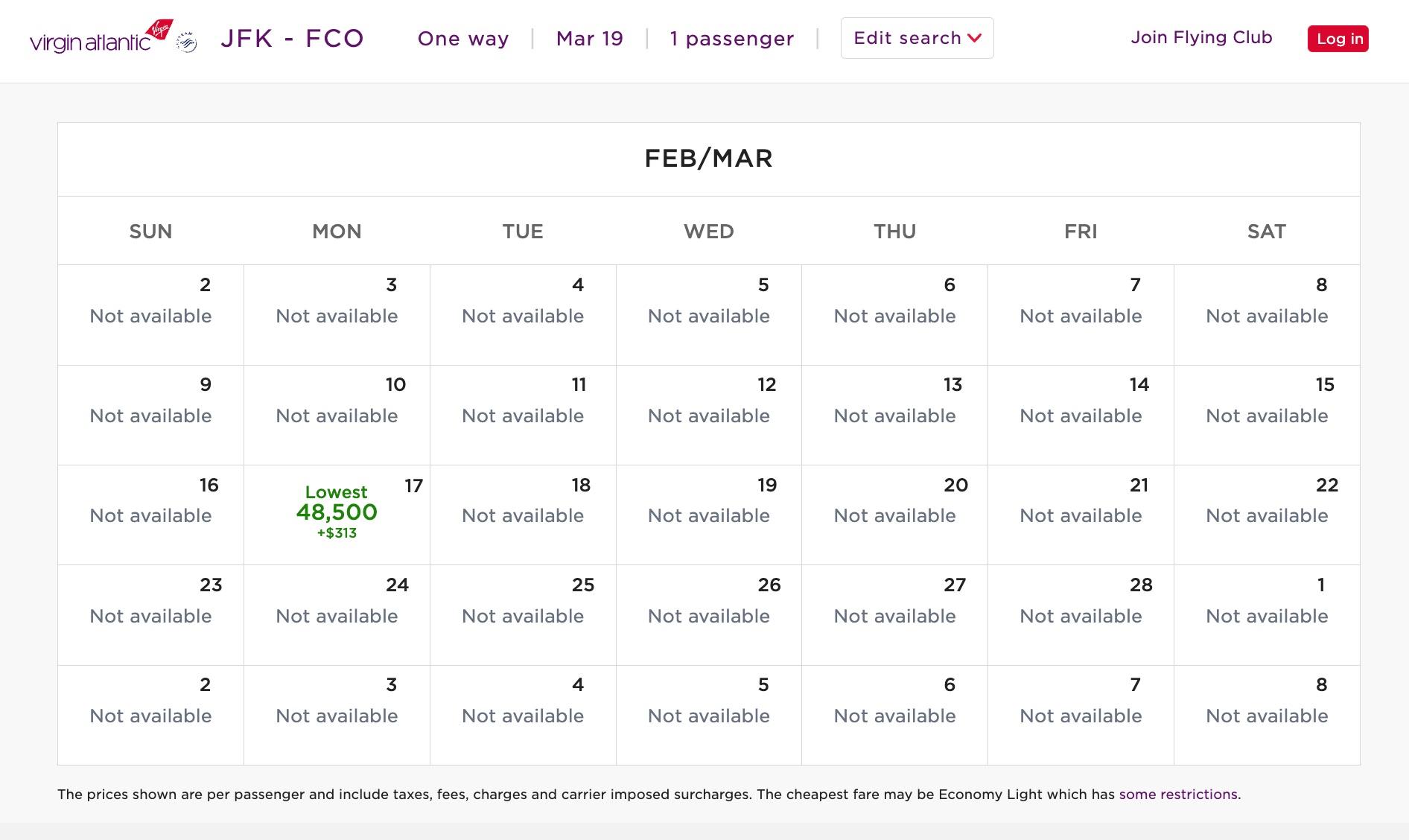

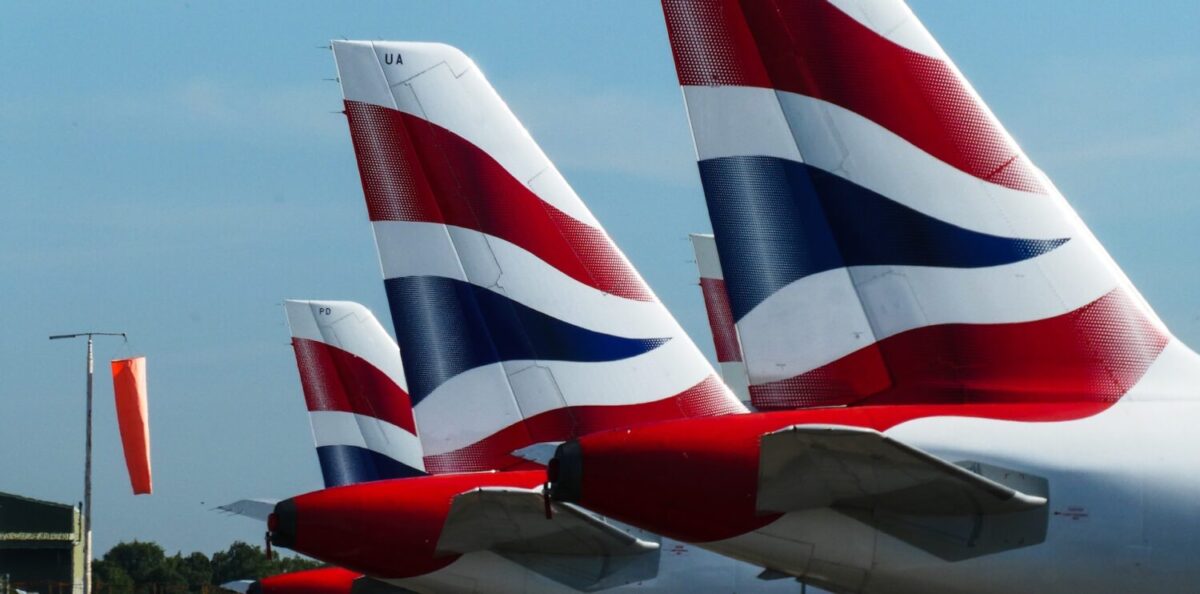

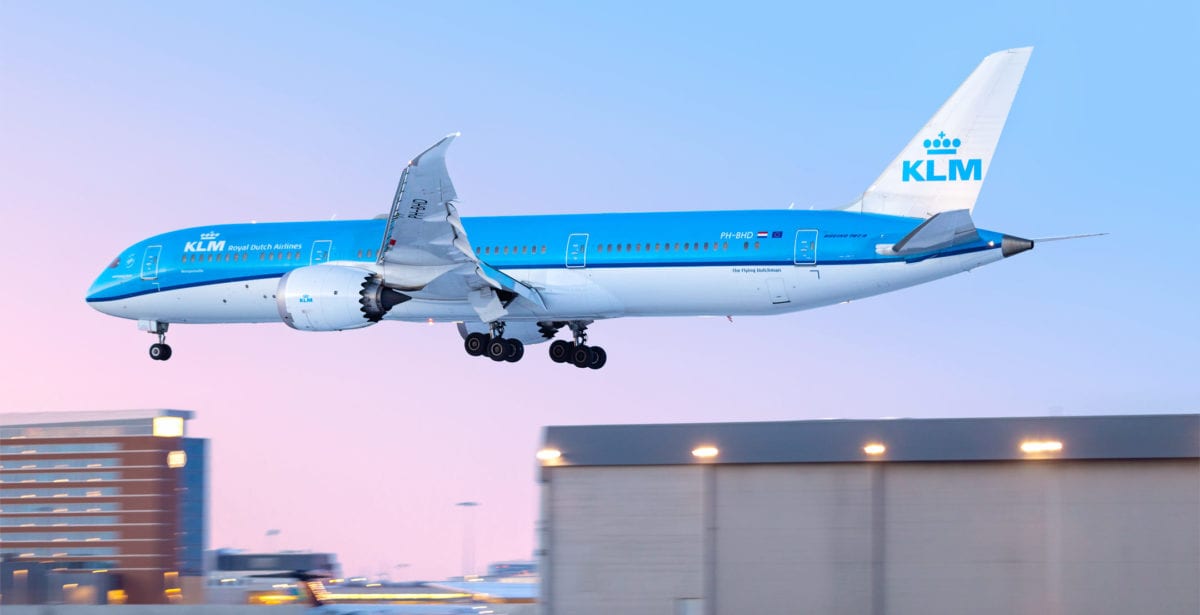
This article signals that the end of miles and points is coming. When a “free travel” newsletter writes about the fallacies of their own business, well, what more can be said.
I’ve loved the frequent flyer game for decades, since the very beginning, and I’ve done VERY well. Increasingly, however, this mostly leisure traveler (who nonetheless travels a LOT), is turned off by really high fees, hard-to-use benefits, and inconvenient choices for “free” fights or upgrades. When we fly to/from our second home in Hawaii, premium economy is fine—it’s all daytime westbound and the nighttime eastbound is not all uninterrupted sleep time. So, more and more cons and fewer and fewer pros. I’ve stopped with the new card bonuses and am spending down my stash of points and miles. I use my cash back card for almost everything and the net financial impact is positive without the hassle. I do buy a “subscription” to Economy Plus since meaningful “status” has become too difficult, and picking good Economy Plus seats at booking is very worthwhile.
As for purchasing Business Class, to Asia or someplace really far (not just for a few hours across the pond), I may still do this but only very selectively. All that money buys so much once I’m there. And I will survive the flight even without any champagne.
I will rely more and more on this newsletter to wind down my accounts, for which many, many thanks. And thanks for being so honest with your readers.